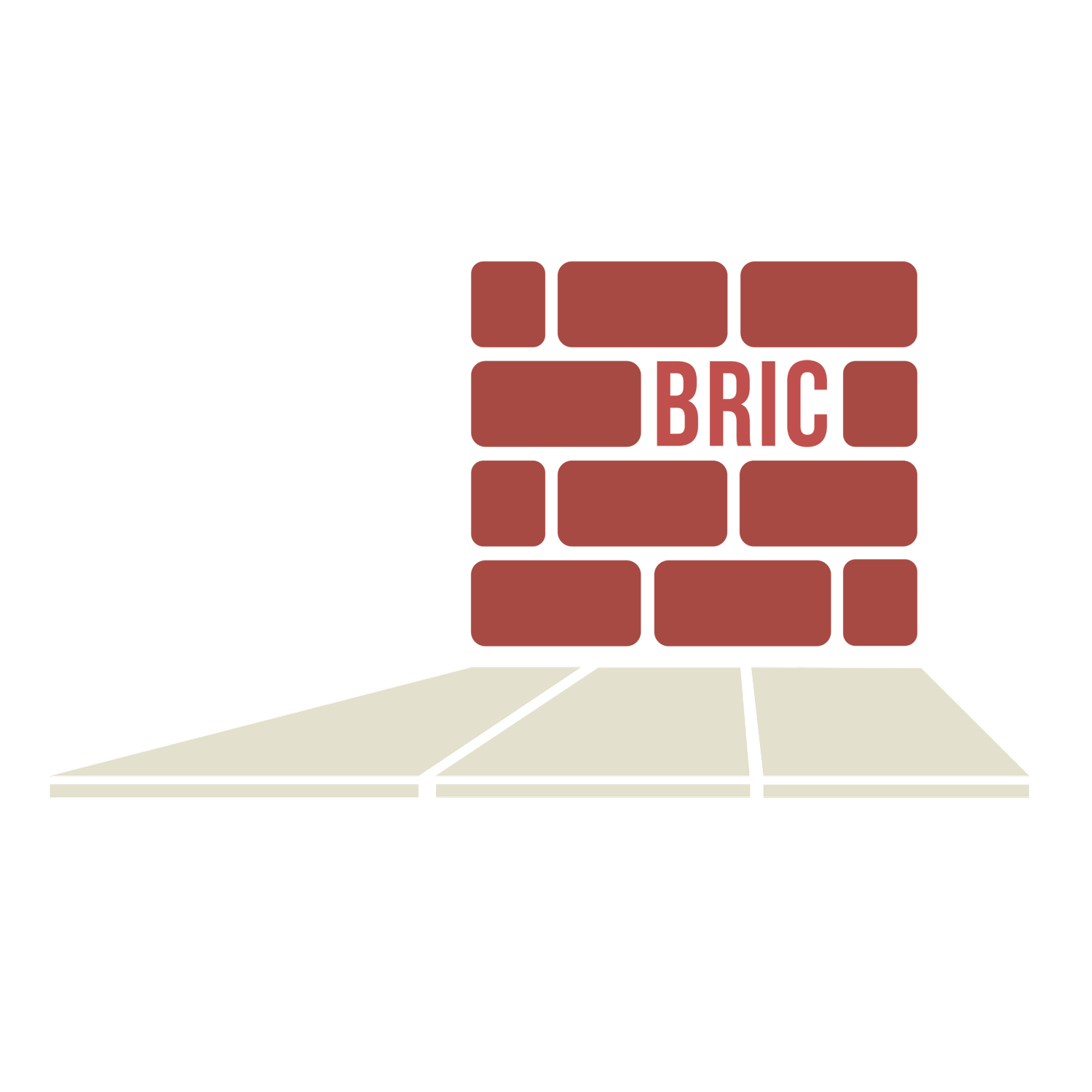UPDATE:
fEBRUARY 21, 2017
The university’s study into the feasibility of building an on-campus football stadium has been put on hold and administrators could not say when — or if — it would resume, The Temple News has learned.
February 22,2017
A Temple official disputed a report by the Temple News that the school’s study of the feasibility of building an on-campus football stadium has been put on hold.
Since the fall of 2015, when Temple University proposed building a new, on-campus football stadium in North Philadelphia, there has been concern that if not done carefully the stadium could further increase already existing tensions between the university and the North Philadelphia community. BRIC compiled data about on-campus stadiums throughout the country including their impact and whether they were ultimately beneficial or detrimental to the community around them.
This is what we have found.
Facts
A proposed 35,000-seat stadium and an adjacent retail complex.
It will encompass the existing Geasey Field, a portion of the running track and the existing student pavilion; all of which is land Temple currently owns.
The estimated cost is $126 million, $1 million of which will go towards a design and environmental impact study.
““It was a front and center kind of recruiting piece to be playing in the Linc. No matter what kind of financial commitment you make or where it is, it’s going to be difficult to compare with the kind of elite facility that Lincoln Financial is
”
Arrangement
On their website the Eagles state that they "aim to give back to the community". There are many universities and NFL teams that share stadiums, on that list is the University of Pittsburgh and the Pittsburgh Steelers. Their agreement is much more beneficial to both teams, with an understanding that the university will give a set percentage of their ticket sales towards maintenance of running the stadium but they get to keep revenue made from parking and concessions. While Temple sees 10% of revenue made at food stands & other vendors and 0% of revenue from parking.
If you want to find out why the Eagles won't work with Temple to hash out a deal that is more beneficial to both parties you can tweet the Eagles, contact them via Facebook or send them a letter:
Philadelphia Eagles
NovaCare Complex
One NovaCare Way
Philadelphia, PA 19145
Opinions
How do you feel
A series of interactive flyers were posted throughout Temple's campus to find out how students felt about the proposed on- campus stadium.
january 17th2017
Temple's board and donor base seems intent on building what, if constructed, would amount to the most frivolous, downright insulting project in Philadelphia's history. I suggest it be named Temple University Middle Finger Stadium.
December 9th 2015
"Temple University postponed plans Tuesday to study building a $100 million football stadium on its North Philadelphia campus, following opposition from Mayor-elect Jim Kenney."
Our research
pARKING ANALYSIS
An estimated 20,000 visitors will visit North Philadelphia for each game. That's roughly 6,500 cars that need to find a location to park. This graphic shows that the parking that Temple currently has available to it, both its own lots and private lots they count on using, only accommodates 48% of the expected traffic. The yellow dots clogging the streets are cars still trying to find a place to park.
case studies
To help BRIC evaluate Temple University’s claim that an on-campus stadium would be a positive addition to the North Philadelphia community, we looked at stadiums built in similar settings. We studied the stadiums built at the University of Connecticut & the University of Central Florida. Our research focuses on those stadiums’ impact on their communities including the economic & social benefits and costs.
“This will be a huge economic boost to North Philadelphia. ”













